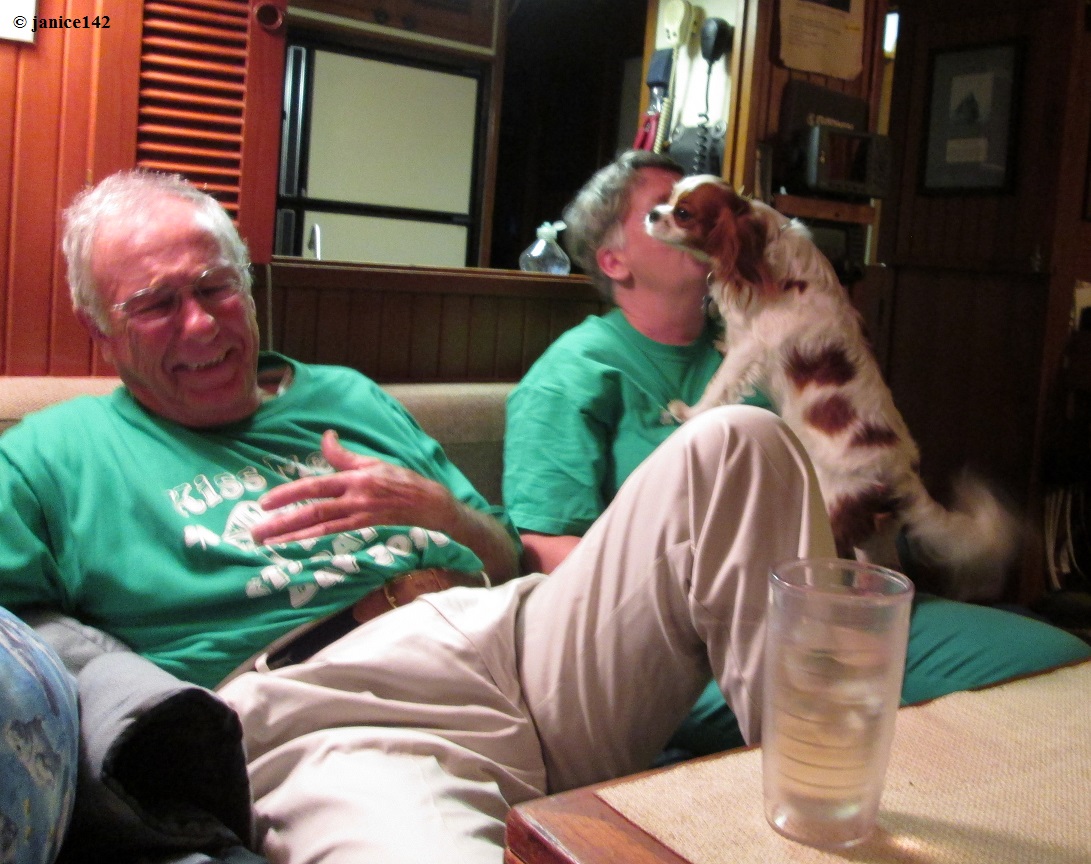Iknowimcrazy
Veteran Member
Wondering what redundant power systems you use for emergencies.
I'm interested in knowing what the feasibility of a genny shaft.
I'm interested in knowing what the feasibility of a genny shaft.
A 48Hp yanmar with a v drive and it's own dedicated shaft, and fuel tank. It has a gori 3 blade folding prop.
Just look at how many HP the gen produces, then see where that falls on your main engine's prop curve to see what main engine RPM is the equivalent HP. That's how fast the boat will go, more or less.
Hello Larry... just a reminder, but I think Ted and Sarah aboard Manatee has a terrific set-up and it definitely works. The universal joint is key, but you might want to revisit the article and see if it would work for your Manatee.
This kind of reminds me of the guy on the C-Dory forum who had a fear that his hull might fail, and wanted to get advice on how to mount an inflatable RIB-like skirt around the boat to inflate in case he got holed.
I also have the notion that the best backup is a 2nd boat - that's a big reason why I carry such a substantial tender (that and the Admiral likes 'em big!).
Nice! How large is the compressed air tank to inflate that?Tell the guy with the C-Dory that a Uni-fender is the way to go (photo below)

Nautica 13.5 Widebody with a Yamaha 50 Hi-Thrust. The davit started life as a Roskelly-Olssson but was hugely modified. It tucks up nice against the stern but the 6'9" beam - and 15' overall length - make fendering a real chore so we usually tow it except when doing all day passages.What size tender to you carry, by the way?
That boat has a massive mast and boom, R/V Air Conditioner, much bigger hand rails, a huge cradle for the dinghy. That's all well above the CG, and sometimes they hoist that heavy dinghy up on that cradle. Here I am, counting pounds and ounces added above the CG on everything I do, and this guy is out there doing blue water!

